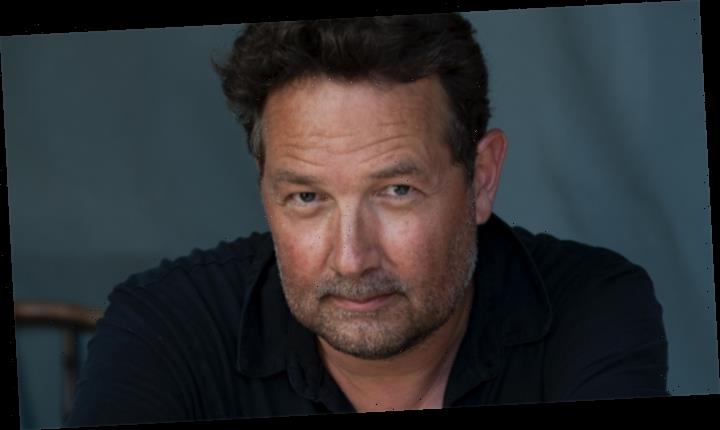Phedon Papamichael has built his reputation as a cinematographer with indie, minimalist shooting for directors like Wim Wenders and Alexander Payne: his work on “Nebraska,” to cite just one case, is a study in stark, deeply ironic black-and-white compositions that center on character contrast. So when he took up the challenge with director and frequent partner James Mangold to take on “Ford v Ferrari,” a big-budget racecar action film with major stars, the team approached the challenge with Papamichael’s usual dedication to realism.
The film, based on the real events leading up to the Le Mans 66 race, has the same kind of character-focused story that has always appealed to the DP of “Sideways” and “Walk the Line,” he says.
“We’re not really action filmmakers,” adds Papamichael about his long career collaboration with Mangold. “We’re interested in drama.”
To Papamichael, despite the intricately planned race sequences, “Ford v Ferrari” is a story mainly about characters. These ones just happen to be Matt Damon’s Carroll Shelby, the Texas master salesman who led the team trying to bring Ford up to speed, and Christian Bale’s Ken Miles, the champion wheelman who piloted the groundbreaking new car they came up with.
“It’s a buddy movie,” says Papamichael. “It’s a movie about friendship, about your dreams of passion you pursue, the individualist against the corporate structure.”
At the same time, he adds, “The challenge was to make the race footage in the period.”
The Ford GT40, aimed at toppling Ferrari’s six-year domination of the Le Mans race leading up to 1966, could top 180m.p.h – and, like other top race cars of the day, was missing any kind of modern skid control or safety cage.
Drivers regularly died on the tracks at Le Mans and other major races, strapping themselves into tiny, thin-shelled metal “death machines,” as Papamichael puts it. So in conceiving the visuals for “Ford v Ferrari” he and Mangold dedicated themselves to putting the audience in the driver’s seat.
“We had to build over 30 cars,” says Papamichael. “We were going to push them hard.”
But as the stunt team pointed out, “These are picture cars. They’re not race cars.”
But with digital effects ruled out – even when the cars are crashing, they’re flying through the air” – that made for serious filming obstacles.
With a bare minimum of CGI, used mainly for melding the multiple shooting locations into a seamless French countryside backdrop, they opted to load real cars with dozens of Arri Alexa Minis cameras, building 30 vehicles including one heavily rigged conveyance known as Frankenstein, and devise ways to shoot them from inside and out at full speed.
The gritty, gut-wrenching feel of the film is the result of pushing filming to its physical limits to show just what Le Mans drivers would have actually seen. The G forces, shaking and gear grinding are as authentic as anything that’s been seen in such a film since the days before digital effects – but with much better cameras that can now be placed in ways that were inconceivable in the days of John Frankenheimer’s “Grand Prix.”
That 1966 film was just one that inspired Papamichael in his treatment of the race sequences.
A veteran of the Roger Corman films of the 1980s, Papamichael learned early in his career to be fast, fleet and use natural light where possible rather than elaborate setups – as he did catching the golden western glow in “3:10 to Yuma.”
In “Ford v Ferrari,” this helped the team make the most of U.S. desert locations, where the killer car is put through its paces, and sequences in the grand race itself.
But despite the film’s stunning visuals, says Papamichael, “We always try to keep the action centered around the main character – and to keep the audience connected to what’s happening in his head and emotionally.”
Popular on Variety
Source: Read Full Article
